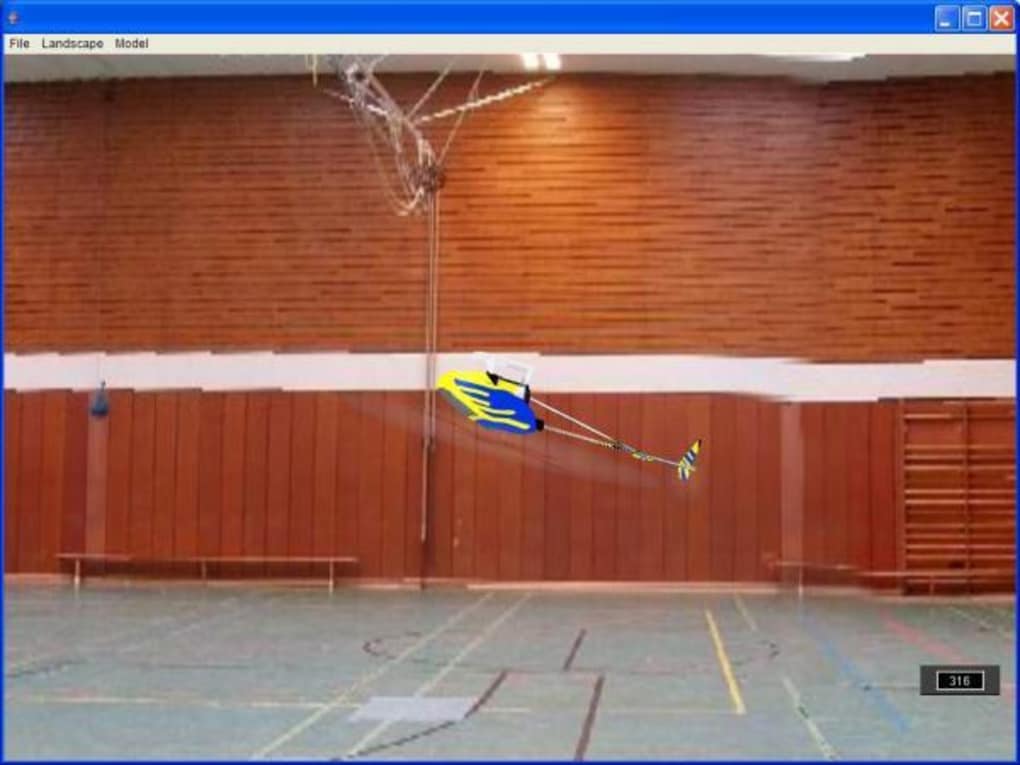

Conlyn said, and police body camera footage appeared to confirm, that the passenger’s side door had been against a tree, which was why he’d had to be rescued from the other side. Conlyn pulled out of the driver’s side of the car. Witnesses who had arrived late to the scene saw Mr. “There was contradicting evidence,” said Samantha Syoen, the communications director for the state attorney’s office. The body-camera footage did not seem to hold much weight with the prosecution. The good Samaritan and his girlfriend, who was with him that night, drove off in a black pickup truck. The police did not ask for the man’s name or contact information. Critics say it puts millions of law-abiding people in a perpetual lineup for law enforcement, which is particularly troubling given broader concerns about the accuracy of automated facial recognition. The tool can unearth photos that people did not post themselves and may not even realize are online. stunt to try to push back against the negative publicity that Clearview has about its tool and how it’s being used by law enforcement.”Ĭivil liberty advocates believe Clearview’s expansive database of photos violates privacy, because the images, though public on the web, were collected without people’s consent. “I think it’s a rare situation in which most defense attorneys would want to use it,” said Jerome Greco, who oversees a forensics technology lab at the Legal Aid Society, in New York City. The company scraped billions of faces from social media sites, such as Facebook, LinkedIn and Instagram, and other parts of the web in order to build an app that seeks to unearth every public photo of a person that exists online. Hoan Ton-That, the chief executive, said this would help “balance the scales of justice,” but critics of the company are skeptical given the legal and ethical concerns that swirl around Clearview AI’s groundbreaking technology.

Conlyn out of the burning vehicle.įor the last few years, Clearview AI’s tool has been largely restricted to law enforcement, but the company now plans to offer access to public defenders.

Luckily, a good Samaritan intervened, prying open the driver’s door and pulling Mr. When he came to, his friend was gone, the car was on fire and his seatbelt buckle was jammed. The Mustang began spinning wildly, hitting a light pole and three palm trees before coming to a stop, the passenger’s side against a tree.Īt some point, Mr. Conlyn thought.Īnd then his friend hit a curb and lost control of the car. His friend, inebriated and distraught, occasionally swerved onto the wrong side of the road to pass cars that were complying with the 35-m.p.h. He sat in the passenger seat of a two-door 1997 Ford Mustang, clutching his seatbelt, as his friend drove approximately 100 miles per hour down a palm-tree-lined avenue in Fort Myers, Fla. It was the scariest night of Andrew Grantt Conlyn’s life.
#TARGET CLEARVIEW DOWNLOAD#
To hear more audio stories from publications like The New York Times, download Audm for iPhone or Android.


 0 kommentar(er)
0 kommentar(er)
